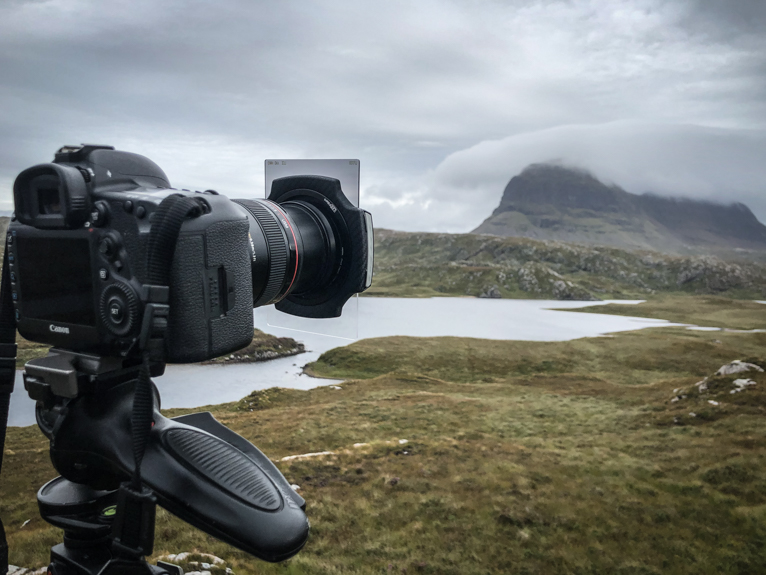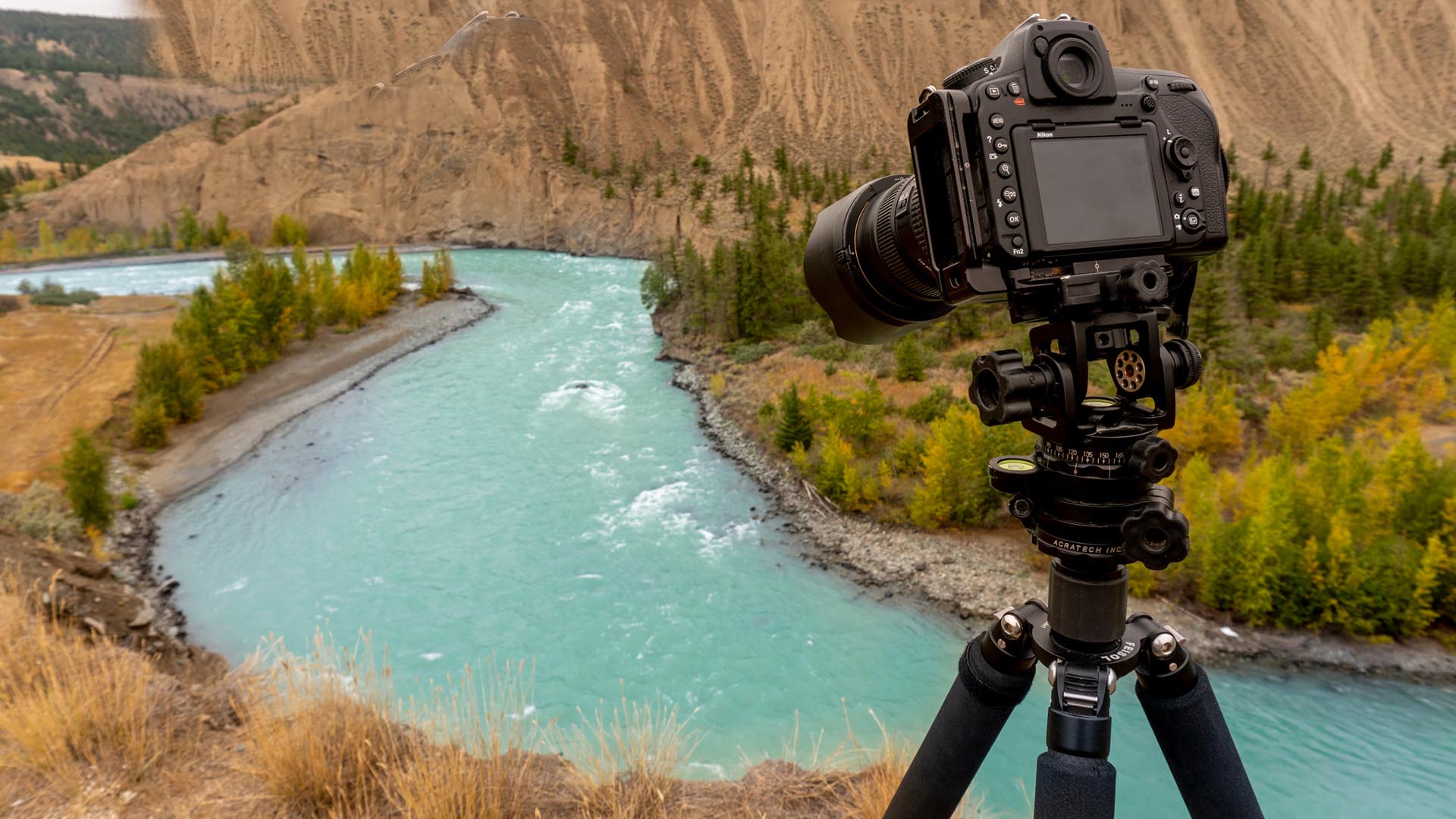Blog
How to Take Stunning Landscape Photos with Your Camera
How to Take Stunning Landscape Photos with Your Camera
Landscape photography captures the beauty of the natural world and allows photographers to preserve awe-inspiring scenes. Whether it’s rolling hills, towering mountains, or serene beaches, a great landscape photo requires more than simply pointing your camera at a view. It’s about technique, timing, and creativity.
In this guide, you’ll learn essential tips, techniques, and tools to help you take stunning landscape photos that stand out.
1. Choose the Right Camera and Gear
The equipment you use plays a significant role in landscape photography. While great photos can be taken with any camera, certain features can make the process easier and more rewarding.
- Camera Type: DSLRs and mirrorless cameras with interchangeable lenses offer the most versatility. Look for a camera with a high dynamic range to capture details in both highlights and shadows.
- Lenses: Wide-angle lenses are popular for landscapes as they allow you to capture expansive scenes. However, telephoto lenses can also create unique compositions by isolating distant details.
- Tripod: A sturdy tripod is essential for stability, especially when shooting in low light or experimenting with long exposures.
- Filters: Polarizing filters reduce glare and enhance colors, while neutral density (ND) filters allow for creative long-exposure shots.
2. Understand Lighting and Golden Hours
Lighting is one of the most critical factors in landscape photography. Natural light changes throughout the day, and understanding how to work with it can transform your photos.
- Golden Hour: The hour after sunrise and before sunset provides soft, warm light that’s perfect for landscapes. Shadows are longer, and colors are richer, creating a magical atmosphere.
- Blue Hour: The twilight period just before sunrise or after sunset offers a cooler, ethereal light ideal for moody landscapes.
- Midday Challenges: Harsh sunlight at noon can create overly bright scenes and deep shadows. If you must shoot during this time, look for compositions with shade or use a polarizing filter.
3. Master Composition
Composition is the art of arranging elements within your frame. Strong composition can make even a simple scene captivating.
- Rule of Thirds: Divide your frame into thirds both horizontally and vertically. Place key elements like the horizon or focal points along these lines or at their intersections.
- Leading Lines: Use natural lines, such as paths, rivers, or ridges, to guide the viewer’s eye through the photo.
- Foreground Interest: Including elements like rocks, plants, or water in the foreground adds depth and dimension to your images.
- Framing: Use natural elements like trees, arches, or caves to frame your subject and draw attention to it.
 4. Focus on Depth of Field
4. Focus on Depth of Field
A wide depth of field ensures that everything from the foreground to the background is sharp and clear. Use the following techniques to achieve this:
- Aperture: Set your aperture to a smaller value (higher f-number, such as f/11 or f/16) to increase depth of field.
- Focus Point: Use hyperfocal distance focusing, which ensures the maximum area of sharpness in your frame.
- Tripod: With smaller apertures requiring slower shutter speeds, a tripod will keep your camera steady.
5. Utilize the Power of Weather
Weather conditions can dramatically change the mood of your landscape photos. Embrace different weather for unique results:
- Clear Skies: Ideal for capturing vibrant, sunny scenes or night photography with clear starry skies.
- Cloudy Days: Softens harsh light and creates moody, diffused lighting perfect for dramatic landscapes.
- Rain and Fog: Adds mystery and texture, transforming ordinary scenes into extraordinary ones.
- Storms: Provide dynamic skies and intense lighting, perfect for dramatic compositions.
6. Experiment with Long Exposures
Long exposures can add an artistic touch to your landscape photography by introducing motion blur to elements like water or clouds.
- Water: Smooth out waterfalls, streams, or ocean waves for a serene effect.
- Clouds: Use a long exposure to capture the movement of clouds across the sky.
- Settings: Use a slow shutter speed (e.g., 10 seconds or longer) with an ND filter to avoid overexposure.
7. Pay Attention to Colors and Contrast
Vibrant colors and contrast can make your landscape photos visually striking.
- Saturation: Capture vivid greens, blues, and reds by shooting in RAW format, which retains more color data for post-processing.
- Contrast: Highlight the interplay between light and shadow to add drama and depth to your images.
- Color Harmony: Pay attention to color palettes in your scene, such as complementary or analogous colors, for visually pleasing results.
8. Use the Right Settings
Knowing how to adjust your camera settings is crucial for landscape photography.
- ISO: Keep your ISO as low as possible (e.g., ISO 100) to minimize noise and maintain image quality.
- Aperture: For wide depth of field, use smaller apertures like f/8 to f/16.
- Shutter Speed: Adjust based on lighting conditions and desired effects, such as freezing motion or creating motion blur.
- Manual Mode: Shooting in manual mode gives you full control over your exposure settings.
9. Scout Locations in Advance
Researching and scouting locations ahead of time helps you prepare for the best shots. Use tools like Google Earth, Instagram, or photography forums to find inspiring spots. Visit your chosen location at different times of the day to understand how light interacts with the scene.
10. Post-Processing Tips
Editing is an essential part of landscape photography. Use post-processing software like Adobe Lightroom or Photoshop to enhance your photos.
- Adjust Exposure: Fine-tune highlights, shadows, and midtones for balanced lighting.
- Enhance Colors: Boost saturation and vibrance for rich, natural tones.
- Crop and Straighten: Ensure your horizon is level and improve composition by cropping.
- Sharpen Details: Apply selective sharpening to highlight textures in your image.
11. Practice Patience and Perseverance
Landscape photography often requires waiting for the perfect moment, whether it’s the right light, weather, or animal interaction. Be patient and enjoy the process of capturing nature’s beauty.
 Conclusion
Conclusion
Taking stunning landscape photos involves a combination of technical skills, creative vision, and an understanding of nature. By using the right equipment, mastering composition, and experimenting with light and weather, you can elevate your landscape photography to the next level. Practice consistently, embrace the beauty around you, and soon you’ll be creating breathtaking images that capture the essence of the natural world.


